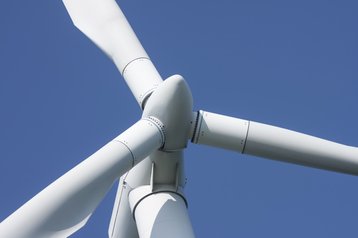Google has announced five new deals to buy 781MW of renewable energy, in the week of the Climate Summit in Paris. The agreements in the US, Sweden and Chile add up to the biggest-ever purchase of renewable energy by a company that is not a utility.
Most of the figure is made up of wind power, with 625MW coming from three separate US contracts, and another 76MW from a wind project in Sweden. Finally there is 80MW from a solar plant in Chile’s Atacama Desert. Taken with Google’s existing contracts, including one announced last month for 61MW of solar power in North Carolina, these make the web giant the world’s biggest corporate buyer of renewable energy, with contracts for some 2GW.
A mighty wind
“It’s the largest, most diverse purchase of renewable energy by a non-utility,” said Michael Terrell, Google’s principal of energy and infrastructure, in a statement quoted by Bloomberg. “We wanted to send the message that corporate America is really committed to driving the transition to a clean-energy economy.”
The three US deals are made up of two 200MW contracts in Oklahoma, for the Renewable Energy Systems Americas Bluestem project, and the EDF Great Western wind project, along with 225MW of wind power form Invenergy.
In Sweden, Google will take 76MW of wind power from the Jenasen project, being built by Eolus Vind in Vasternorrland County.
In Chile, Google will use 80MW of solar power from the El Romero farm run to be built by Acciona Energia in the Atacama desert.
Renewable sources tend to be intermittent - only delivering power when the sun is shining or the wind is blowing - so these are all power purchase agreements (PPAs), where Google pays for an equivalent amount of renewable energy to offset the actual energy used in its data centers. They all run for 10 to 20 years.
Google currently runs about 37 percent of its data centers on renewable energy, and is on track to fulfil a promise made in July, to triple its renewable power consumption. With these deals in place, it has almost doubled the 1.1GW it was using back then.

